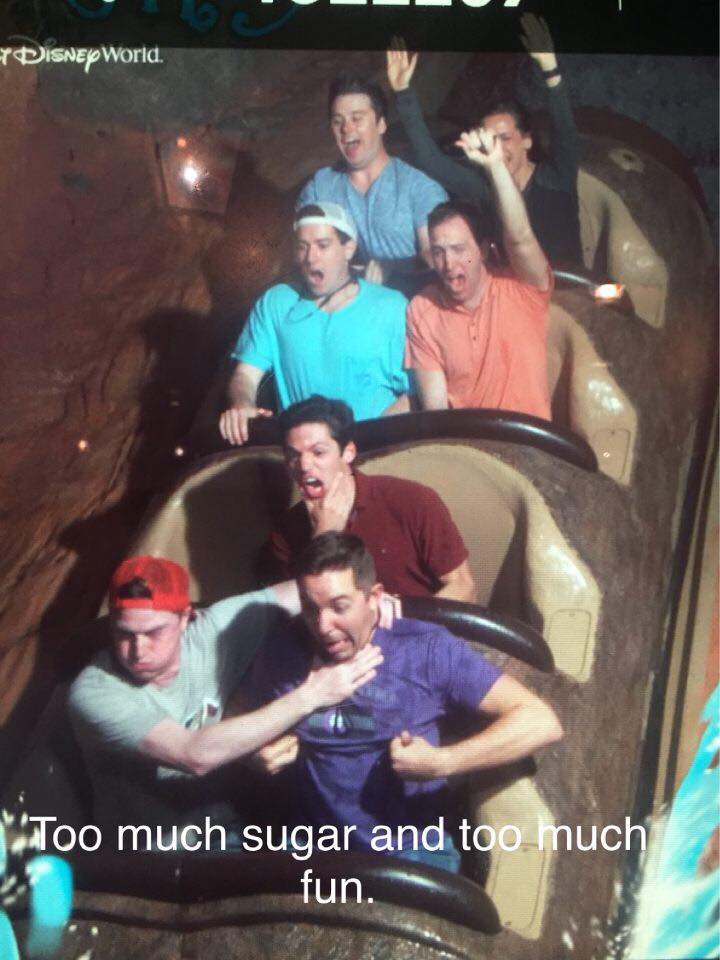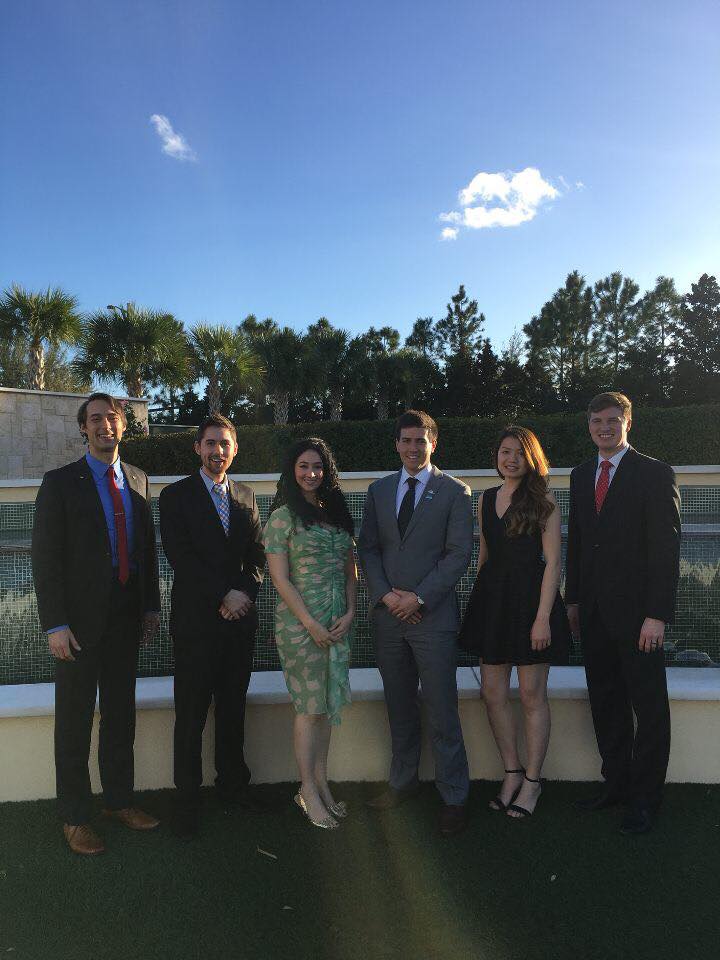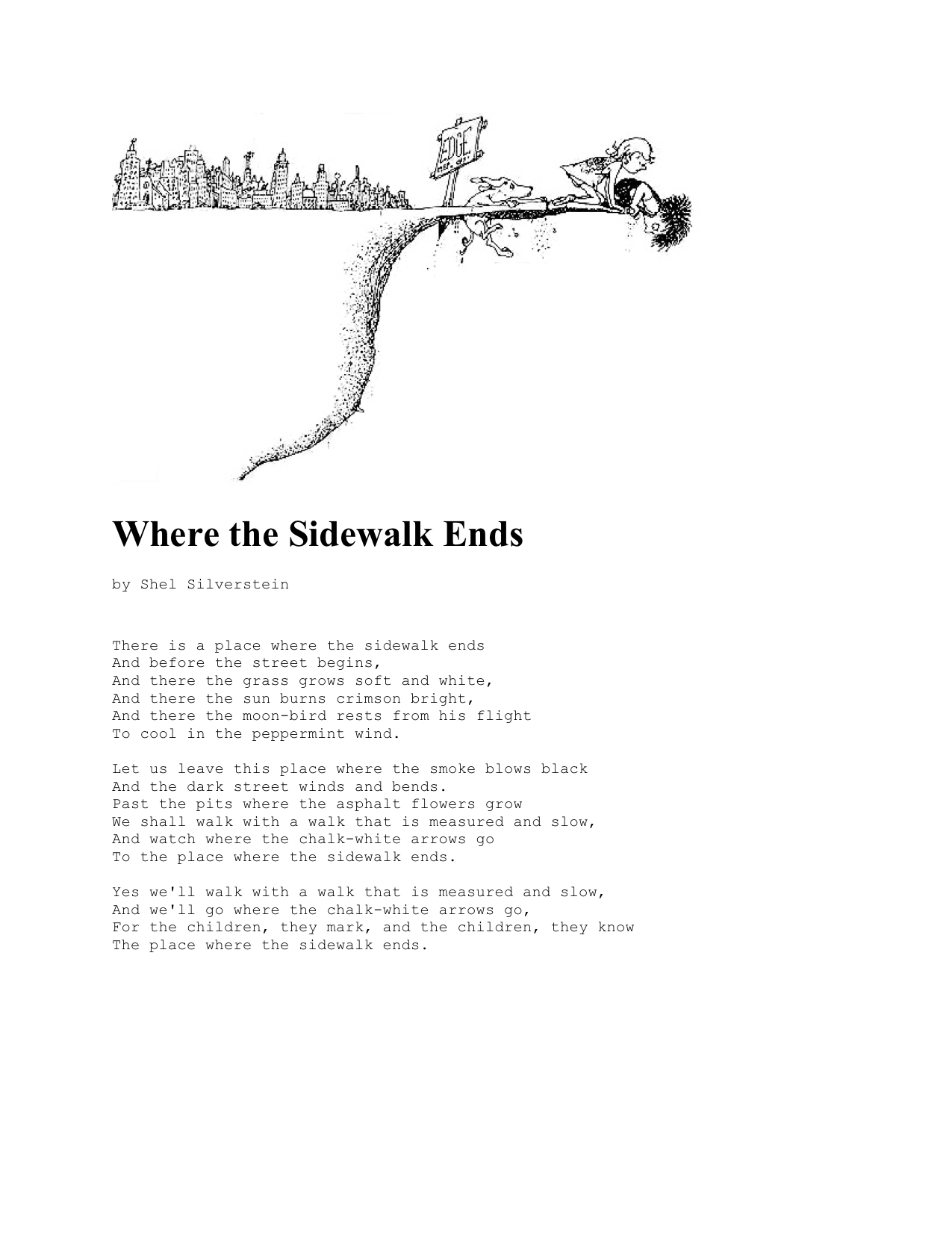On January 15th, 2009, US Airways Flight 1549 took off from New York City’s LaGuardia Airport at 3:25 pm. Less than six minutes later, the aircraft crash-landed in the middle of the Hudson River. Everyone onboard survived and few serious injuries resulted. The event known as “The Miracle on the Hudson” immortalized the commander of the plane, Captain Chesley Sullenburger. Somewhat less well known is Sullenburger’s copilot, First Officer Jeffrey Skiles. Flight 1549 was Skiles’ first time flying an Airbus A320 since passing the qualifications to do so. As the keynote speaker at the recent 2017 ASDA Annual Session in Orlando, First Officer Skiles described the systems and protocols that led to the successful crash-landing on the Hudson.
When a flock of geese collided with Flight 1549 shortly after takeoff, the airline crew initiated a cascade of emergency procedures. As Captain Sullenburger communicated with the control tower at LaGuardia, First Officer Skiles reached for the Emergency Procedure Book readily found in every airplane cockpit. Although this was Skiles’ first commercial flight on an Airbus A320, he had been trained for this. To simplify training, cockpits are standardized across the airline industry. This minimizes the unfamiliarity of a new aircraft. Other industry standards include seat belts and life jackets for each passenger and crewmember. These environments reduce the possibilities for failure or confusion. The familiar cockpit allowed Skiles to act quickly and confidently with each step of the protocol. Seat belts and life jackets at each passenger’s seat minimized panic and injury. First Officer Skiles sited a large part of his success that day to the standards set in place that diminished the possibility of failure.
* * * * * * *
The airline industry is not alone in manipulating an environment to encourage success and influence human behavior. Plants and vegetation in inner-city housing developments reduce crime rates. Parks and trails result in improved community health. Advertisers use color to conjure certain emotions. Thanks to Annual Session being held in Orlando, I was able to make a quick trip to Disney World where I noticed myself being manipulated by the psychological puppeteers of Disney.
Because of ASDA-related activities that took place in the afternoon, my group only had three hours of magic before the park closed at 10pm. Despite our limited timeframe, we decided it would be worth it to jump into a 60-minute line for Space Mountain. To our surprise, just 20 minutes later we could literally see a light at the end of the tunnel! We went from this long, dark tunnel to a large room where we could see people getting on the ride. It looked like we’d be on the ride in no time. This disillusioned sense of progress kept our spirits up until another 20 minutes later when we realized the line had yet to wrap behind a long wall before re-entering the room. We ended up waiting a full 65 minutes!
It turns out Disney spends loads of money on studying the psychology of waiting in a line. To keep thousands of park attendees in good spirits, they design the lines in such a way that repeatedly gives people false hope as they endure the long wait for popular rides. A simple Google search on “Disney World psychology” revealed other ways Disney uses the environment to manipulate emotions and behavior. The walkways throughout the parks are made of black pavement, which encourages park-goers to seek the cool shade provided by nearby shops and eateries. Taking it a step further, some of the shops pump out fragrances that smell like freshly baked goods. Other shops crank the air conditioning to encourage shoppers to buy a hoodie that they would otherwise neglect in the Florida heat. Sections of the park Disney wants to remain hidden are painted in a color referred to as “No-See Green,” a shade of green easily overlooked by the human brain. This is uncanny, as I don’t recall seeing any “No-See Green” in Magic Kingdom…
While shadowing in dental offices during undergrad, I noticed this same use of environmental manipulation. Operatories, countertops, and cabinets were labeled to encourage organization, efficiency and infection control. A printed schedule displayed a morning huddle at the start of the day to confirm plans and review goals. Even switching a patient’s manual toothbrush for an electric one had repeatedly demonstrated a successful outcome in improving oral hygiene. Changing the environment for patients and staff yields real results!
* * * * * * *
It’s difficult to invoke change in people who aren’t motivated to change. Being quite stubborn and impulsive myself, I have obsessed over this idea that changing one’s environment will change one’s behavior. As students, we can mold and model our environments to ensure success! The following are some examples of environment adjustments that have worked for me.
During my undergrad, I began every day with my phone. Checking messages, news, and social media consumed precious time that would have been better allocated toward working out and making breakfast. To change this, I set up a charging station outside of my bedroom. Before bed, I put my electronics in a drawer where they are charged out of site. I am not allowed to open that drawer until after breakfast. Hiding the electronics has been a simple change to my environment that has drastically improved my morning routine—just like “No-See Green”.
Other habits can be easily manipulated by simple adjustments. I’m a natural night owl. My nocturnal habits quickly became a problem in dental school, so I committed to going to bed earlier. The commitment fell apart within two days. After repeatedly failing to change my habit of staying up late, I turned to my wife (my copilot, if you will) for help. I told her my plan to set an alarm to go off at 9:00 pm every night, signaling for me to begin getting ready for bed. I asked her to help me stick to that commitment. The nighttime alarm combined with reliance on a copilot has yielded great results. Don’t have a spouse? Find one. Just kidding. Ask a roommate, friend, classmate, significant other, or family member to help you out!
After a decade of trying to set meaningful New Year’s resolutions, I was tired of letting those resolutions slip away by mid-January. All my mentors and role models successfully set goals and resolutions. Why couldn’t I? Did I lack motivation? Did I lack discipline? Yes. And yes. My wife and I decided to write “Weekly Planning” into every Sunday night in our calendars. We don’t let anything get in the way of our weekly planning session. This time is used to review goals, discuss obstacles, adjust our routine, and plan the upcoming week. It was such a simple change! We even took it a step further and laminated a protocol that we follow every time we plan. Excessive? Perhaps. But here we are, mid-March, and I’m still plugging away at the same goals I set in January.
Whether it’s to avoid disaster, maximize efficiency, or encourage a certain behavior, customizing an environment is a powerful psychological tool. As students, we often have so much to worry about that we can’t spare the mental and emotional energy required to constantly motivate ourselves toward success. If you’re struggling to exercise, study effectively, eat healthy, manage relationships, keep track of goals, maintain your sanity, or land a plane, try changing something in your environment that will make it harder for you to fail!
 Photo Credit: http://www.huffingtonpost.com/lisa-firestone/mindfulness-benefits_b_2965648.html
Photo Credit: http://www.huffingtonpost.com/lisa-firestone/mindfulness-benefits_b_2965648.html



























